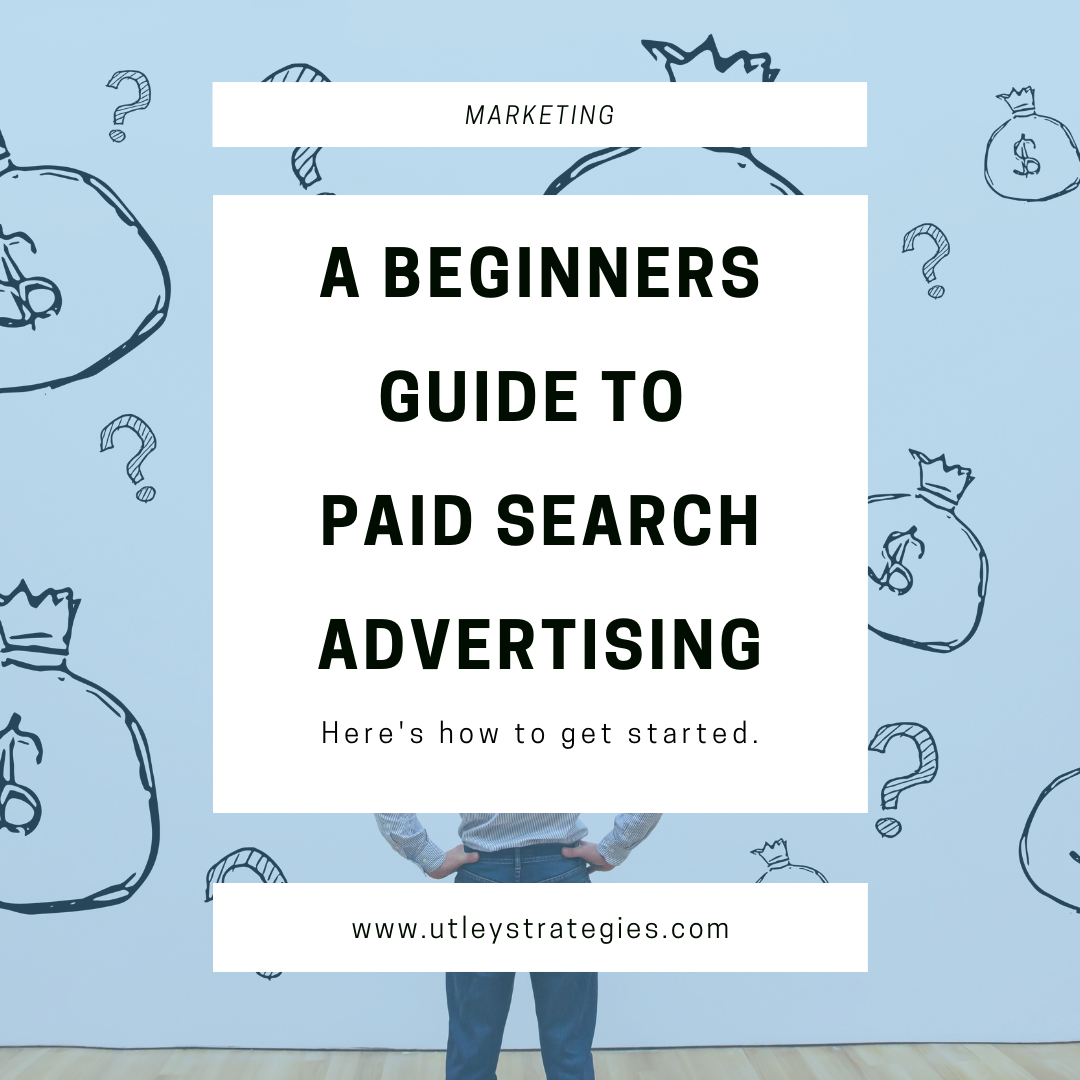A Beginners Guide to Paid Search Advertising: How to get started
The struggle for almost any company is how to get more customers. For B2B companies, longer buying cycles mean you have to engage with your potential clients for longer than many B2C companies. That doesn’t mean, however, that you can’t use some of the same marketing tactics. One method to reach more clients is to start running PPC search campaigns.
What is Paid Search Advertising?
Here is the overview Google provides for paid search:
“When you type something into Google, you are presented with a list of results; or SERP (the search engine results page) which shows organic results and paid results.
Paid search results have a little green box with the word “ad” before the listing; this is where a company, like yours, has paid to have their page show up at the top of the list. This can be done through Google Ads search campaign, which charges you when someone clicks on that link. Paid search works to drive traffic to your website through relevant ads.”
The benefit of this type of campaign is that you can reach potential clients right when they’re searching for your services. By targeting keywords related to your services, you can pay for your website to appear when a user searches for that topic and you only pay when they click on the ad.
How do B2B companies run search ads?
To see quick results from your paid search ads, B2B companies need to target keywords that show an intent-to-buy. For example, if your main service is website design, then you may see that “web design” has a higher search volume than “website designers for hire”.
While it is tempting to try to gain traffic from the higher search volume term, “website designers for hire” indicates that the searcher is hoping to find a website designer to hire, which is exactly what you want. When setting up your keywords, keep this in mind and begin by targeting only the terms that have an intent-to-buy. As your marketing campaigns become more complex, you may target other terms, such as website designers in a specific niche or city, but initially, starting with this narrow focus will result in more ROI for what you spend.
Tips to make your first paid search campaign successful
There are a four ways you can make your paid search campaign more effective.
Define campaign goals and set them up for success
Before you start running your ads, you should know what you hope to achieve in terms of results. If you have a SaaS product, are you expecting to see people sign up for your free trial period? Is the goal to increase consultation calls? Define the specific goal, and then incorporate that into your landing page to ensure users know what to do. Include several call-to-action buttons (at least 3), and track conversions. By tying conversions back to your ad, the algorithms will learn what you’re hoping to achieve and start showing your ad to users who are more likely to take that action.
Develop landing pages related to your ads
If you’re targeting “corporate cleaning services”, but your ad goes directly to your homepage that talks about other unrelated services or products, the user is going to immediately leave. Instead, have a landing page or services page dedicated to what you’re targeting with your ads. In this example, have a landing page that says “corporate cleaning services” at the very top and only focus on discussing those services.
Create campaigns for each different offering
You will achieve the best results with a more targeted campaign. The best way to accomplish this is to have a campaign for your different services/products rather than a general campaign for all of them combined. For instance, if you offer branding, web design, and social media support, create a campaign and ads for each of these areas.
Make use of negative keywords
If you are using Google for your paid search campaigns, you can add negative keywords to the campaign to reduce showing up on unrelated searches. According to Google, negative keywords let you exclude search terms from your campaigns and help you focus on only the keywords that matter to your customers. This means that your ad will not display for searches that include those specific keywords.
Here are a few examples related to B2B companies:
“Free”. Unless you’re giving away something for free on your website, adding “free” as a negative keyword will prevent you from spending money on clicks when the intent of the user is to find something for free.
“Cheap” or “Affordable”. If you’re more expensive than others (or even just average), then adding these negative keywords will help you avoid potential clients who are just looking for a deal. Of course, if you compete by being lowest priced, then definitely include those in your keyword list!
Unrelated terms that are similar. This is a bit harder to know before you start seeing actual searches, but there will likely be a somewhat related topic that will start showing up, and you will need to add this as a negative keyword. For example, we offer proposal writing services, and after launching our first campaign, we saw that our ad was showing up in searches related to “marriage proposal”. We added “marriage” and “engagement proposal” as negative keywords and our ads no longer display for those searches.


